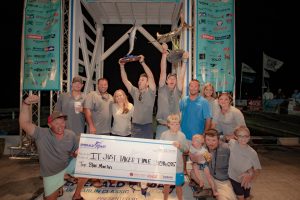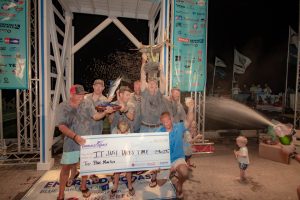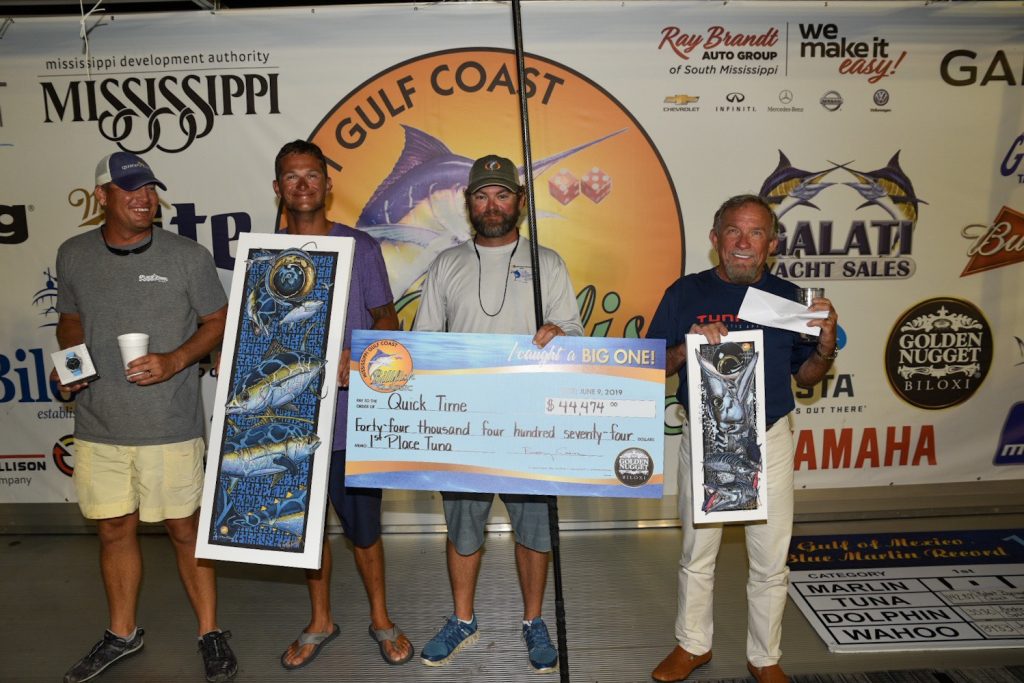
The winning crew of $EA DOLLAR$, from left to right, Mark Yamaguchi, Mark Budzise, Brandon Rowan, Brandon Nelson, Adam Lewis, Brad Bull, Gary Hervey, Scott Pantle, Randy King, Kurt Pantle, Matt Taylor, Jack Beal, Ace Nelson and Fred Pyle.
Good karma and tuna tenacity fuel a continued tradition of wins at the Texas Billfish Classic
By Brandon Rowan
High stakes and hot fishing are the name of the game every year at the Texas Billfish Classic and 2019 was no different. I was back on board Jack Beal’s 60’ Bertram, $EA DOLLAR$, to keep the night crew’s tuna win streak going. Last year, we hauled in a 90 lb yellowfin tuna that fell just three pounds short of first place. That was tough. We had our sights set on being No. 1 this time around.
Jasen Gast and the whole TBC team put on a killer kick-off party at Freeport RiverPlace the night before fishing started. The next day, we were locked, loaded and ready to head out far into the wild blue of the Gulf. We had a game plan and wasted no time putting it into action.
There were old and new faces on board for this year’s tourney. Introductions and catching up were in order as we roared out to pelagic possibilities. Plenty of laughs and colorful conversation (you guys know who you are) kept us entertained as we neared our first stop.

You never know what you will find out there. Adam Lewis holds up our “trophy” mahi.
TUNA MACHINE
As the sun set on our fishing destination, the night crew geared up and went to work. We had Capt. Mark Yamaguchi at the wheel, Matt Taylor, Kurt Pantle, his cousin Scott, and myself down in the cockpit. Several of the guys on the day crew helped out early in the night and first mate Adam Lewis made many important gaff shots.
It didn’t take long for us to put a nice yellowfin on the deck and crack open the celebration brews. $EA DOLLAR$’ night crew is a well-oiled machine of jig, pop, chum, drift, catch, gaff, rinse and repeat.
The night stayed lively as schools of fish periodically found their way into our chum line and lights. Multiple hook ups on yellowfin and big bruiser 20-30 lb blackfin tuna kept us going until sunrise.
I was absolutely stoked for Kurt’s cousin, Scott, when he landed his first yellowfin tuna, on topwater no less!
“I saw tuna busting on top, luckily I had the popper rod right next to me. I quickly cast it out and after the second pop it was on!” Scott Pantle said.
I’m real happy he got a warm welcome to Texas
tuna fishing. Scott is from Florida, where blackfin tuna is the target species, not the bait. I was lucky enough to witness that tuna crush the OTI Wombat Popper he had tied on and oh man, it was a beautiful sight to behold.
Every one of us put a yellow on the deck that night. At sunrise, it was time to tally things up. We had 6 yellowfin in the box, including an odd fish I caught on a Williamson Benthos jig. All other fish came from drifting chunks and Scott’s one on the popper. The flying fish piercing parlor was open for business but the tuna were indifferent to our winged offerings.
After a hot shower and a good meal, I hit the bunk with explicit instructions for the trolling guys to come smack me awake if they got into a good fish. The chance to photograph a big blue marlin jumping for the sky takes priority over sleep. I’ll sleep when I’m dead.

MEET JJ: The legend himself, JJ. We rescued this Pelican from the middle of the Gulf during the tournament. We were ready to turn him over to Parks & Wildlife but he jumped ship when we reached land.
FREE BIRD FRIDAY
After a good day’s rest, I was back up with camera in hand, waiting for the afternoon billfish bite. The marlin never materialized, but things stayed interesting nonetheless. We spotted a brown pelican bobbing up and down near the rig as we trolled around. We were a good 170 miles out in the middle of the ocean. This bird was in trouble.
We maneuvered over and tried to lure the pelican in through the tuna door with some bait. The poor guy was so weak, he couldn’t even muster the energy to come on board. Our flying fish net became a bird net and we scooped him up and in. We made a cozy spot in the corner with an old towel and named him “Jack Jr.”
We fed JJ as much fish as he wanted and after about 10 pieces and some water, he was content. We don’t know how he got so far out, but this lucky bird nearly became shark bait. JJ rested happily in the corner and regained his strength as he oversaw our tuna operation.
This night began much the same as the last one with a hot bite early. Line peeled away from my reel on the first drift and after a surprisingly short fight I had a respectable yellowfin tuna on the deck. The wheels of our tuna machine kept turning but that was the last yellow of the trip. But again, things stayed interesting.
JJ quickly regained his vigor and, well, actually became something of a terror. He bit Fred and a few others as they walked past. Them birds have some range with that neck! JJ’s happy little corner was on top of the livewell, so depositing flying fish in the tank became a careful procedure.
They say you don’t bite the hand that feeds you, but we forgive you JJ. A sportfisher is no place for a pelican.
JJ stayed on board for the rest of the night and watched the day crew score a white marlin and wahoo at sunrise. He didn’t care at all for the way we screamed back towards land for the weigh-in. Jack Sr. had Parks and Wildlife on the phone, but once we broke the jetties, JJ spotted some of his pelican brethren and left us behind.
“Fishermen and hunters always get a bad rap but we’re all about conservation,” Jack Beal said.

Matt Taylor, Scott Pantle and Kurt Pantle at the Texas Billfish Classic weigh in.
MOMENT OF TRUTH
Good karma paid off. When it was all said and done, we had 7 yellowfin tuna on ice, although no hundred pounders. We weren’t sure what to expect since our 90 lb fish last year was only good enough for second place. We held our breath at the weigh-in as they hung up our first fish. The scales’ flashed “49” and it was high fives and shouts all around! Not only was our win confirmed, but we also took second place with a 47 lb fish.
“If your next paycheck depended on catching a big yellowfin tuna, I would recommend you call the night crew of $EA DOLLAR$!” Matt Taylor said.
$EA DOLLAR$ was presented with a check for a cool $40,500 at the TBC awards dinner later that night. As a bonus, the whole crew walked away with bags of fresh tuna and a story we won’t soon forget.
You never know what you may see when you venture out into the Gulf of Mexico. I can’t help but imagine the sideways and disbelieving glances the other pelicans throw at JJ when he tells his tale. He came away with a strange new story to tell his buddies and so did we.

Fred Pyle and Jack Beal show off the goods.




 By Capt. Brian “Flounder Professor” Spencer
By Capt. Brian “Flounder Professor” Spencer

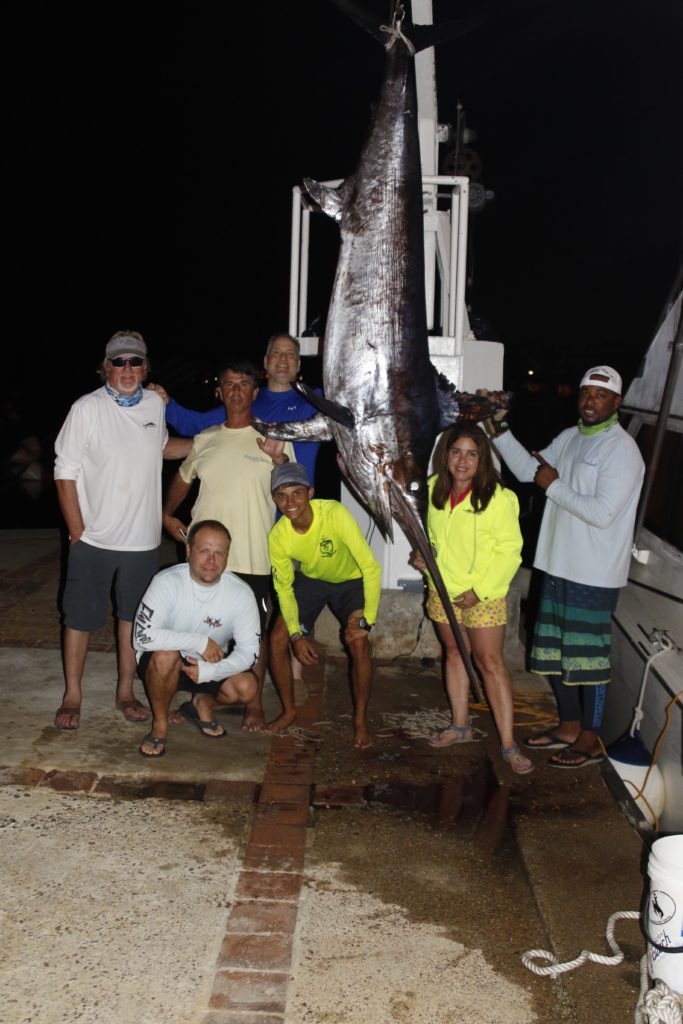 The 1st Annual Swordfish Cup, a single-species tournament with a 24-hour global format, was held July 27-28, 2019, with 23 boats in the initial fleet. Paco Vela and his crew aboard Dulce Coco, a Hatteras based in the Dominican Republic, were declared the winners with a 381-pound broadbill. The Swordfish Cup was presented by Fly Zone Fishing and RJ Boyle Studio. Updates were broadcast on FaceBook every two hours during the 24-hour tournament.
The 1st Annual Swordfish Cup, a single-species tournament with a 24-hour global format, was held July 27-28, 2019, with 23 boats in the initial fleet. Paco Vela and his crew aboard Dulce Coco, a Hatteras based in the Dominican Republic, were declared the winners with a 381-pound broadbill. The Swordfish Cup was presented by Fly Zone Fishing and RJ Boyle Studio. Updates were broadcast on FaceBook every two hours during the 24-hour tournament.
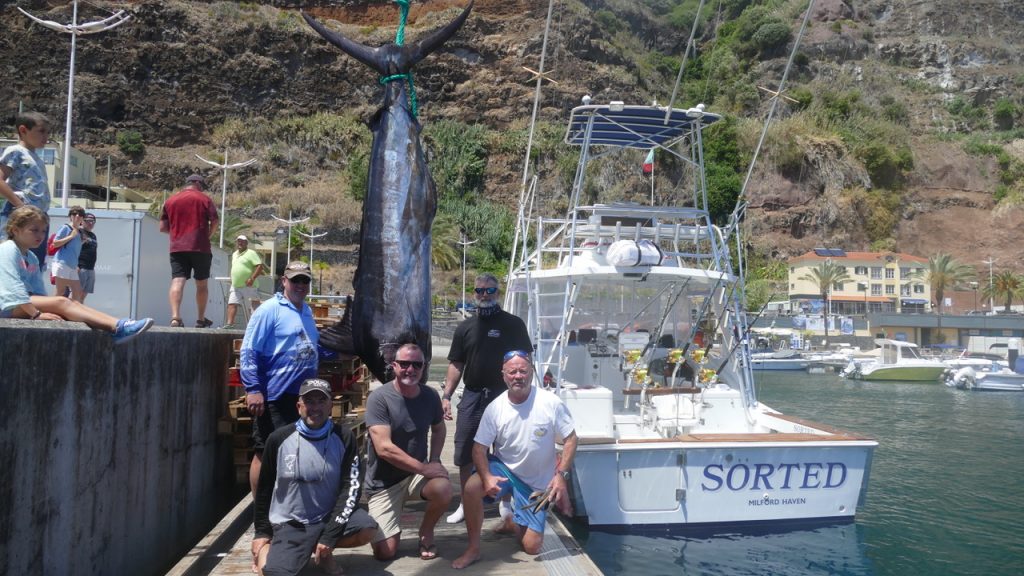
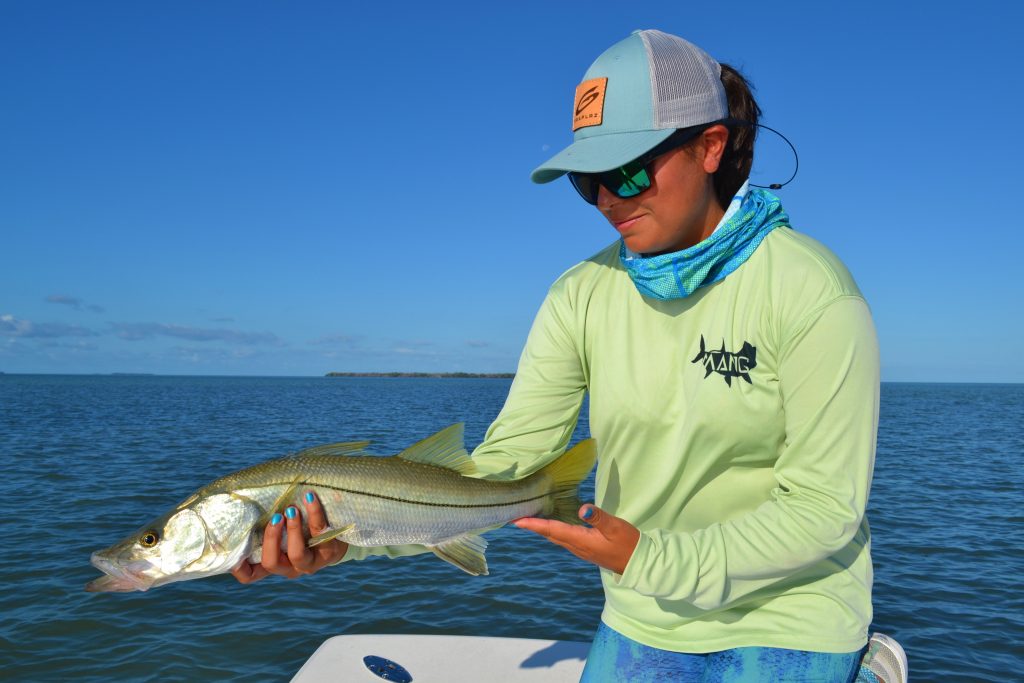


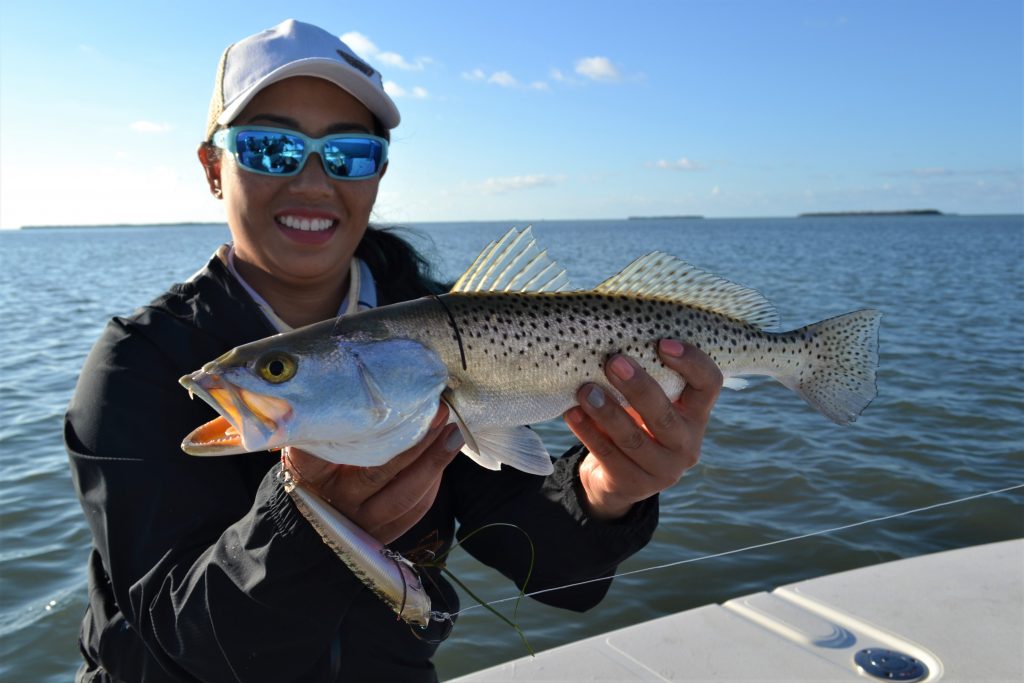

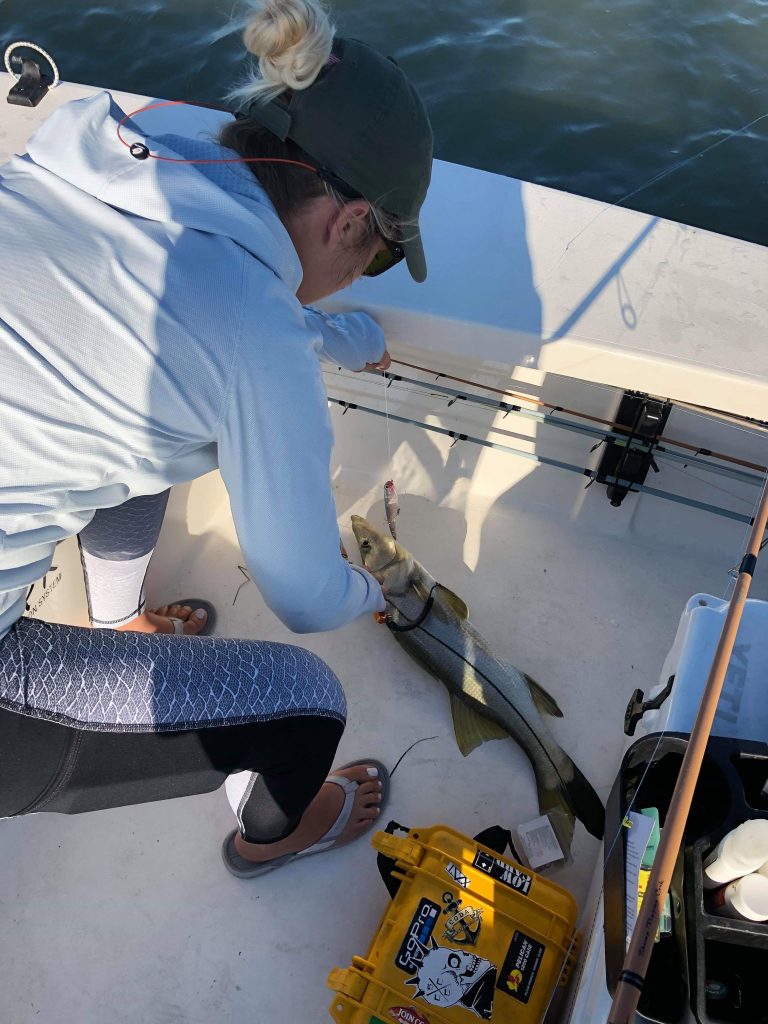


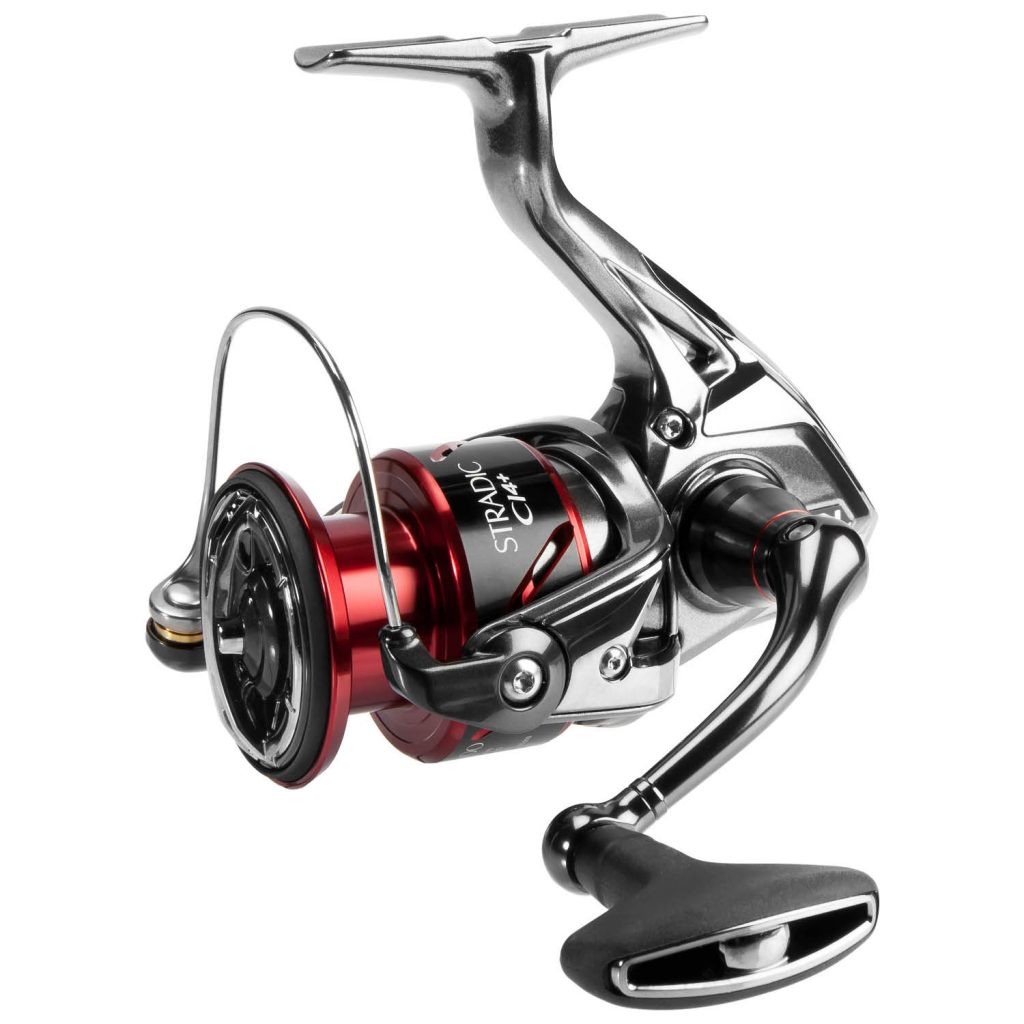
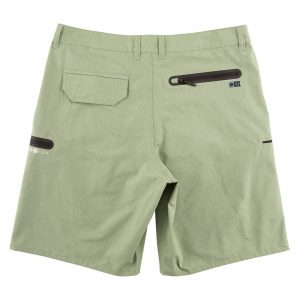
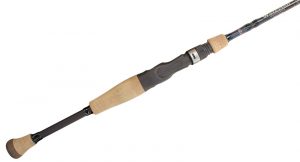
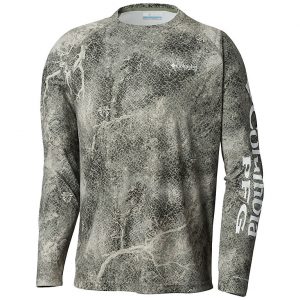
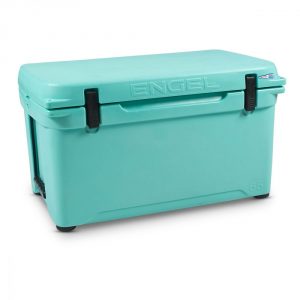


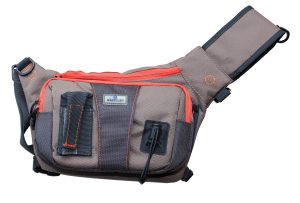
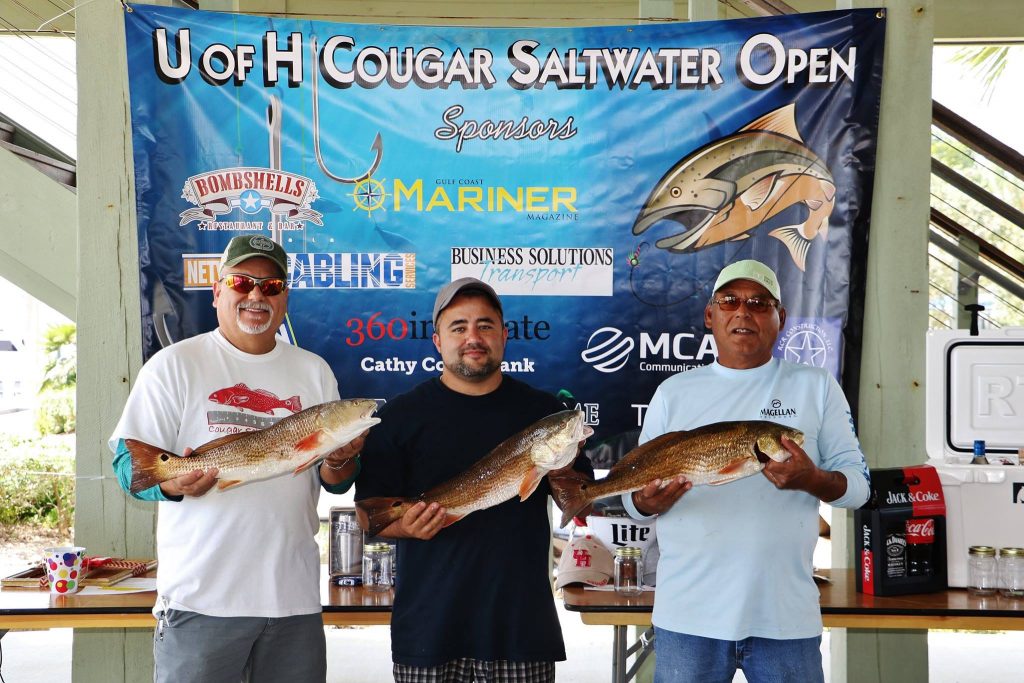
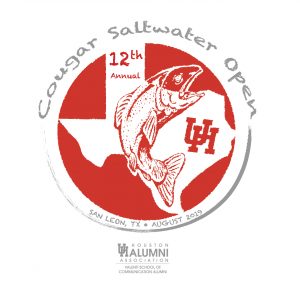 The Valenti School of Communication Alumni Association will hold its 12th Annual Fishing Tournament – The UH Cougar Saltwater Open, on Saturday August 17th at Topwater Grill. This event funds scholarships for students currently pursuing studies in Communication at the University of Houston.
The Valenti School of Communication Alumni Association will hold its 12th Annual Fishing Tournament – The UH Cougar Saltwater Open, on Saturday August 17th at Topwater Grill. This event funds scholarships for students currently pursuing studies in Communication at the University of Houston.












